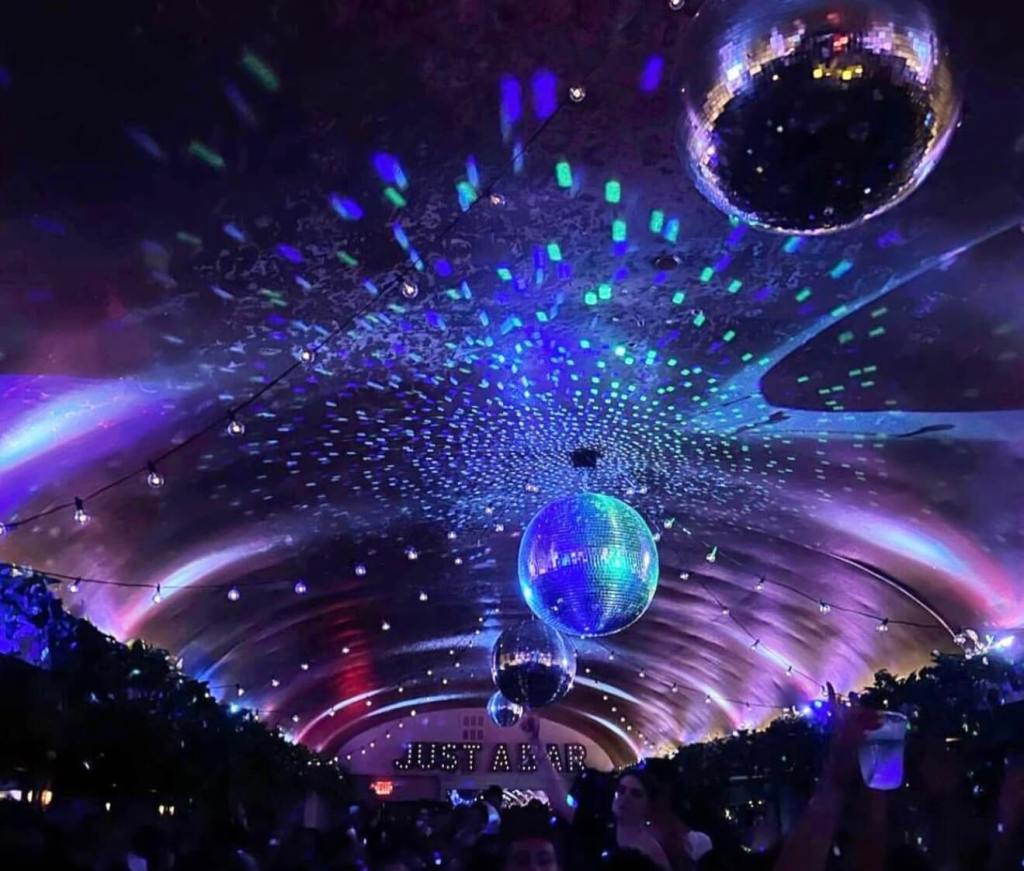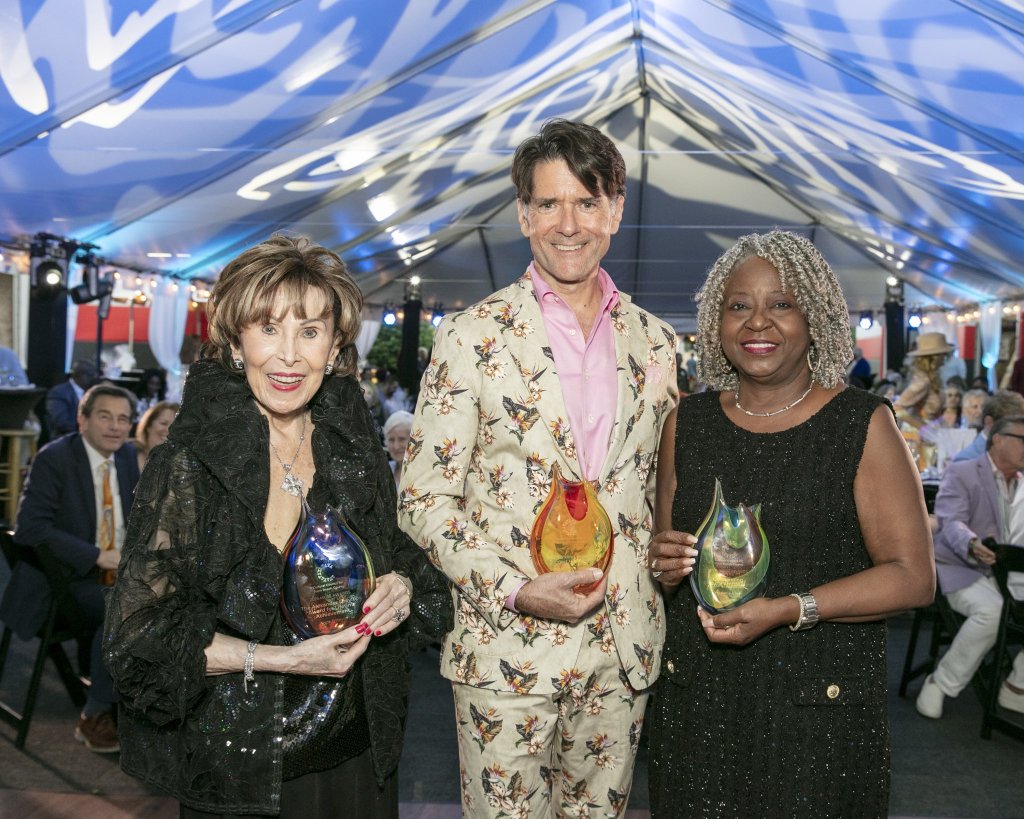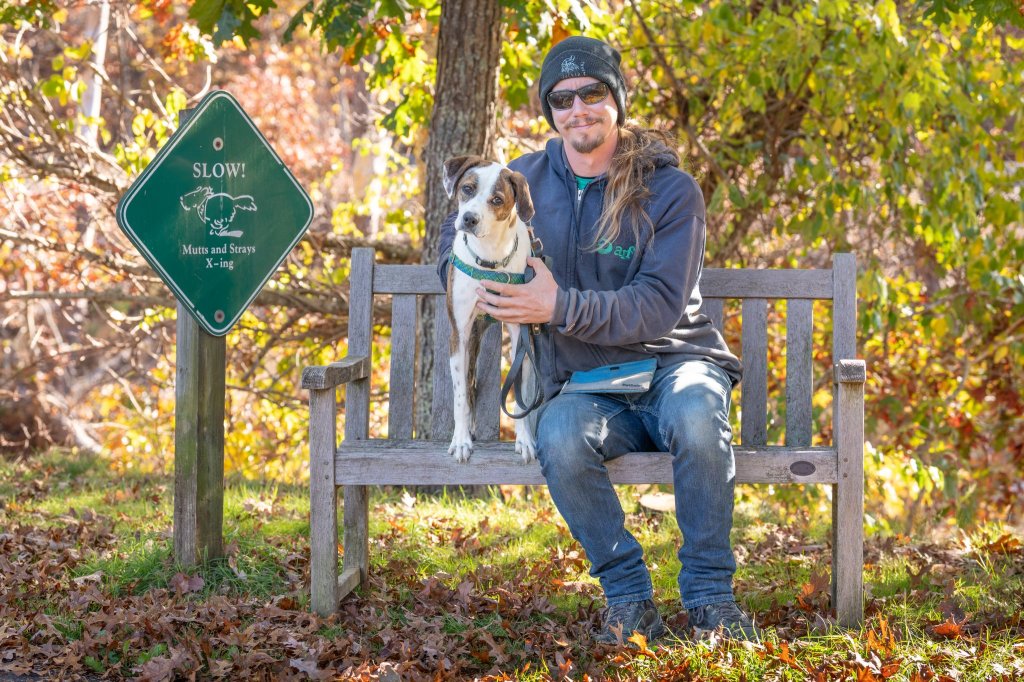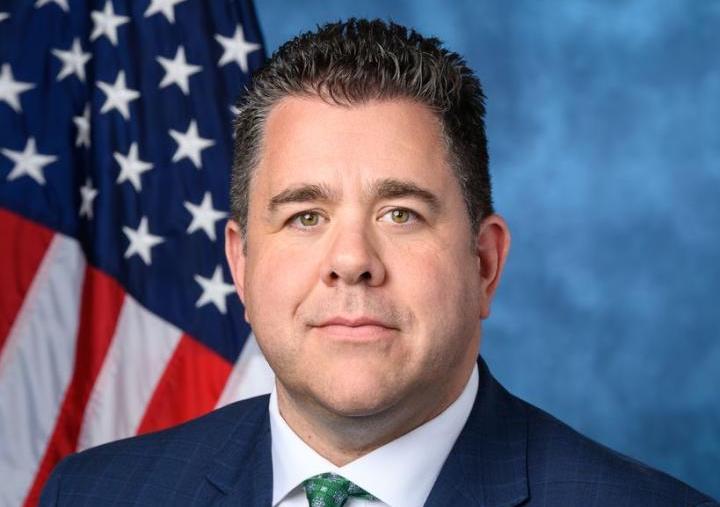Out East End: Leslie Cohen, Author of ‘The Audacity of a Kiss: Love, Art & Liberation’
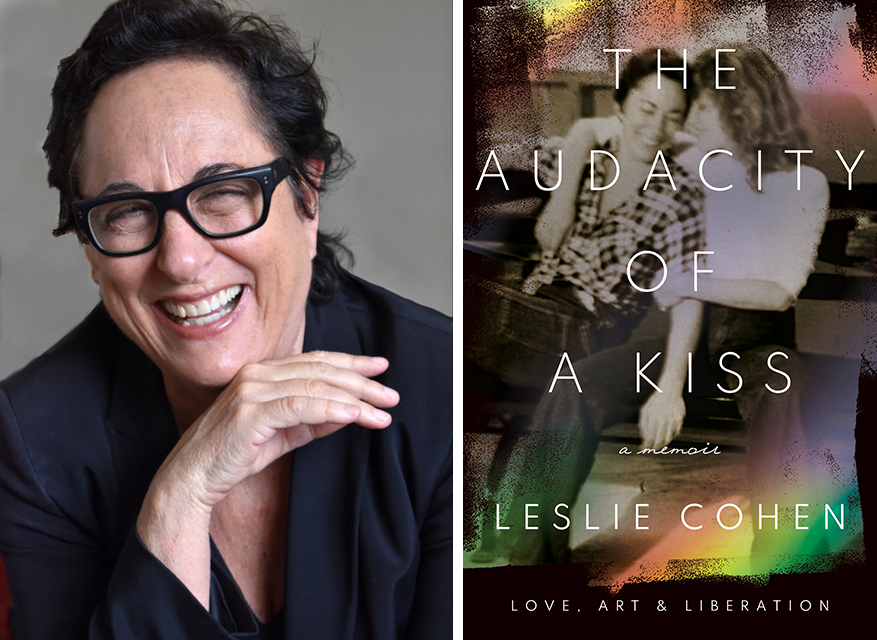
Leslie Cohen is a powerful part of LGBTQ+ history and she knew it was time to document her story.
Ten years in the writing and a lifetime of love, adventure, art, events and iconic club ownership went into her book The Audacity of a Kiss: Love, Art & Liberation (Rutgers University Press), released this past September.
Cohen’s book chronicles not only her 45-year-plus relationship with her partner (and now wife) Beth Suskin — their love immortalized when they modeled for the iconic bronze sculpture “Gay Liberation” by George Segal that resides famously in Christopher Park in Greenwich Village, across from the legendary Stonewall Inn — but the era from 1976 to 1980 when Cohen co-founded and owned the legendary women’s nightclub Sahara, frequented by supporters such as Gloria Steinem (who endorsed Cohen’s book), Gilda Radner, Jane Fonda, Bella Abzug and Pat Benatar.
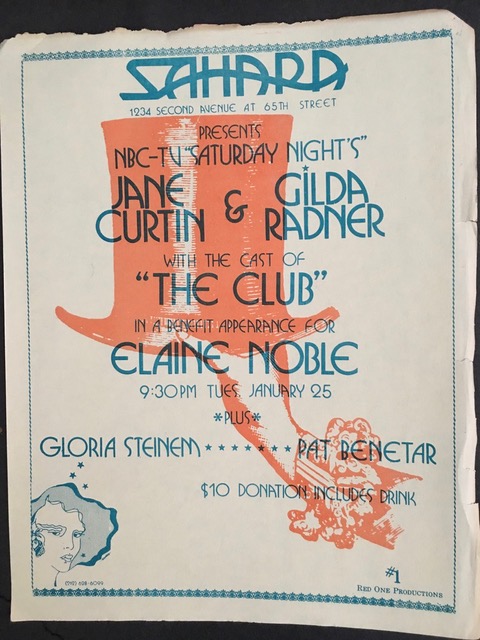
The Stonewall Project, created in 1979 to commemorate the Stonewall rebellion, wasn’t unveiled until 1992 but has since become an international icon for the LGBTQ+ community (along with the two male sculptures also created by George Segal for the project) and is part of the Stonewall National Monument — the United States’ first national monument designating an LGBTQ+ historic site.
So yes, Leslie Cohen has stories to tell.
A New Yorker who grew up in Queens, she was an art historian and curator before becoming a club owner and event producer. After years of producing women’s events in New York City and the Hamptons (remember all those great women’s events in the 1980s and ’90s — when there were events — at The Swamp, Bay Street Theater and Three Mile Harbor?), she decided to go to law school and when she got an offer to work in Miami, she took it. That was 30 years ago, but her memories and fondness for the era she lived through in New York, starting in the 1970s as part of an out, loving, same-sex couple — at a time most people were too afraid to be out — are inspiring.
We spoke with Leslie Cohen via phone from her home in Miami about the new book and what she hopes young people will understand from her life experiences.
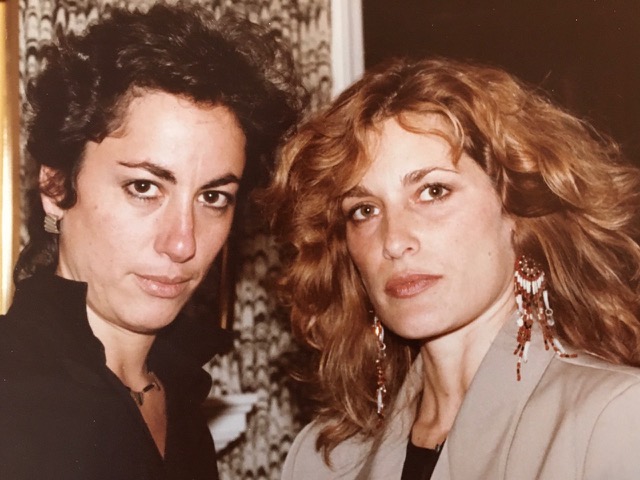
The Sahara club — many women wish a club like it existed today.
We opened Sahara in 1976 — it was really a historical club, the first club owned by women without the mafia [laughs, but she means it]. We broke ground, and as a result of that, we had famous people come to this club to show their support for the burgeoning gay rights movement and the second wave of feminism.
We closed it in December of 1980. I wrote the book because I felt the history was being ignored — as so much women’s history has been ignored — it frustrated me, and I felt it was really important for it to be recorded.
How did you create all those events in NYC and in the Hamptons?
After Sahara closed, we became the first promoters with the idea of taking over a club for a night and bringing in women. We realized the economics of the club business — it is very hard to sustain a club on your own, so we created that concept and then we took it out to the Hamptons.
In 1985, we did our first club in the Hamptons after The Attic closed because there was a real need — there was no place to go, so Michele Florea, my partner and I started to do the Hamptons — for 15 years we were doing clubs for women.
We did The Swamp for eight years. We did Bay Street, which was a great gig and that club in East Hampton on Three Mile Harbor. Every club we did out there was a great success — we had a ball, it was phenomenal and the women came in droves — and we just had a great time.
You must have enjoyed the Hamptons.
How can you not love being out there doing clubs? It’s so gorgeous — we spent a lot of time out there, months every year. We’d go back and forth between the Hamptons and the city doing clubs. I loved every moment I spent in the Hamptons — it was the most beautiful place in the world and the air and the nature and the art — it was just magical for me.
Even when I lived in Miami, we would fly back to the Hamptons because we would do parties on the (holiday) weekends.
How did you and Beth get chosen to model for the “Gay Liberation” sculpture?
That’s another reason I wrote the book. I came out of the art world. I was an art historian. I opened Sahara, and I left the art world but I knew people in the art world. In 1976 there were not a lot of people who were out of the closet … and people were frightened they could lose their jobs or their children. When I opened Sahara I came out in a very big way. And one of my friends from the art world said that George Segal had been commissioned to commemorate the Stonewall riots, and he approached me because I was out and I had just fallen in love with Beth and we were so proud of our love.
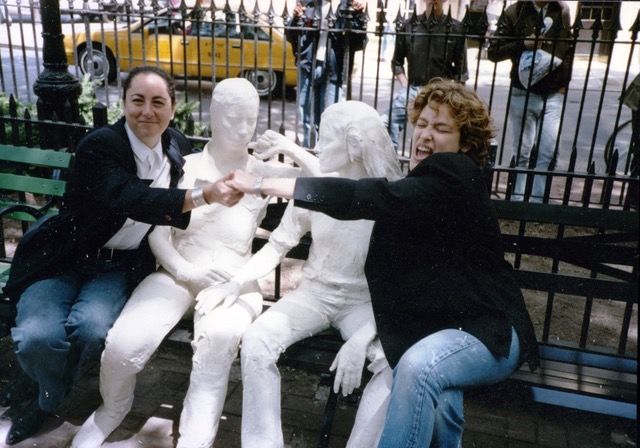
How did you and Beth meet?
We met in college in 1965 but we didn’t know what that was — it was too shameful to acknowledge those feelings, so we didn’t acknowledge it. … She was straight. But by the time we ran into each other 11 years later, on the eve of opening Sahara, we fell in love and she left the man she was living with. That was in 1976. And 45 years later we are still together.
It’s wonderful, it’s the blessing of my life. It is a very, very special relationship, and I wanted young people to know that behind the statue there is a love story behind these two women — so they have the hope and (can see) an option that they can have a joyful life.
How did the sculpture change life for you?
We were very much about being visible, that was really our mission and the sculpture did that for us. It was such an incredible honor and a piece of history — we are so fortunate we were given the opportunity because it represented everything that means something to me — the love of two women for each other, the appreciation of art and artists, and its visibility. Back in 1976, we were very visible at a time when it wasn’t extensive.
What gave you that courage to be so out back then?
I was loved by my family, I was loved by my friends and just because I fell in love with a woman all of a sudden I was going to be considered perverse — that you couldn’t love? It just made no sense to me in the world — and we weren’t going to allow that to happen. We wanted people to see that we were human beings who had deep feelings for each other and there’s nothing wrong with it.
It’s a trite statement now but “love is love,” and we were so in love — so we wanted to share it. And I tell you, you share that with people and it enlightens people — you could see the change right before their eyes, they appreciated love. No matter what, they appreciate love. We’d go to restaurants and we’d be embracing each other and all of a sudden these people all cranky their faces would light up, and they’d take their partner’s hand, and this was our mission and definitely something that we felt that we could contribute.
We were so fortunate — and please don’t think I’m superficial — but it helped that Beth was beautiful. … It made it more acceptable on a certain level — we weren’t in the eyes of this gender world of stereotypical butch-femme … so it was easier for them to see themselves — in the love that we shared.
Did you ever come across any challenges?
Oh yes, we were going to Bay Street, we had a club night and this group of kids were across the street, and we were holding hands and they yelled out, “Dyke!” and I went crazy. I was so angry — don’t denigrate me and don’t denigrate the woman I love. But for the most part the love that we shared visibly opened the doors to people’s hearts.
What do you want people to know about that era in history?
In terms of the Sahara and that period — this was the process of women empowering themselves. We were there right when it was happening — when women were really starting to take in the ideas of feminism and self-empowerment, and Sahara played an important part at that time. … We were at the crossroads. And that was really important to me.
The other thing I want people to know is there is the possibility of a joyful, full and loving life being in a same-sex relationship. And the sculptures represent that, and our love story is really a beautiful story. It’s the history of two women, it’s our story and our stories are not told enough.
The Audacity of a Kiss: Love, Art & Liberation is available at Amazon, Goodreads and independent book stores. Visit leslie-cohen.com for more info.
